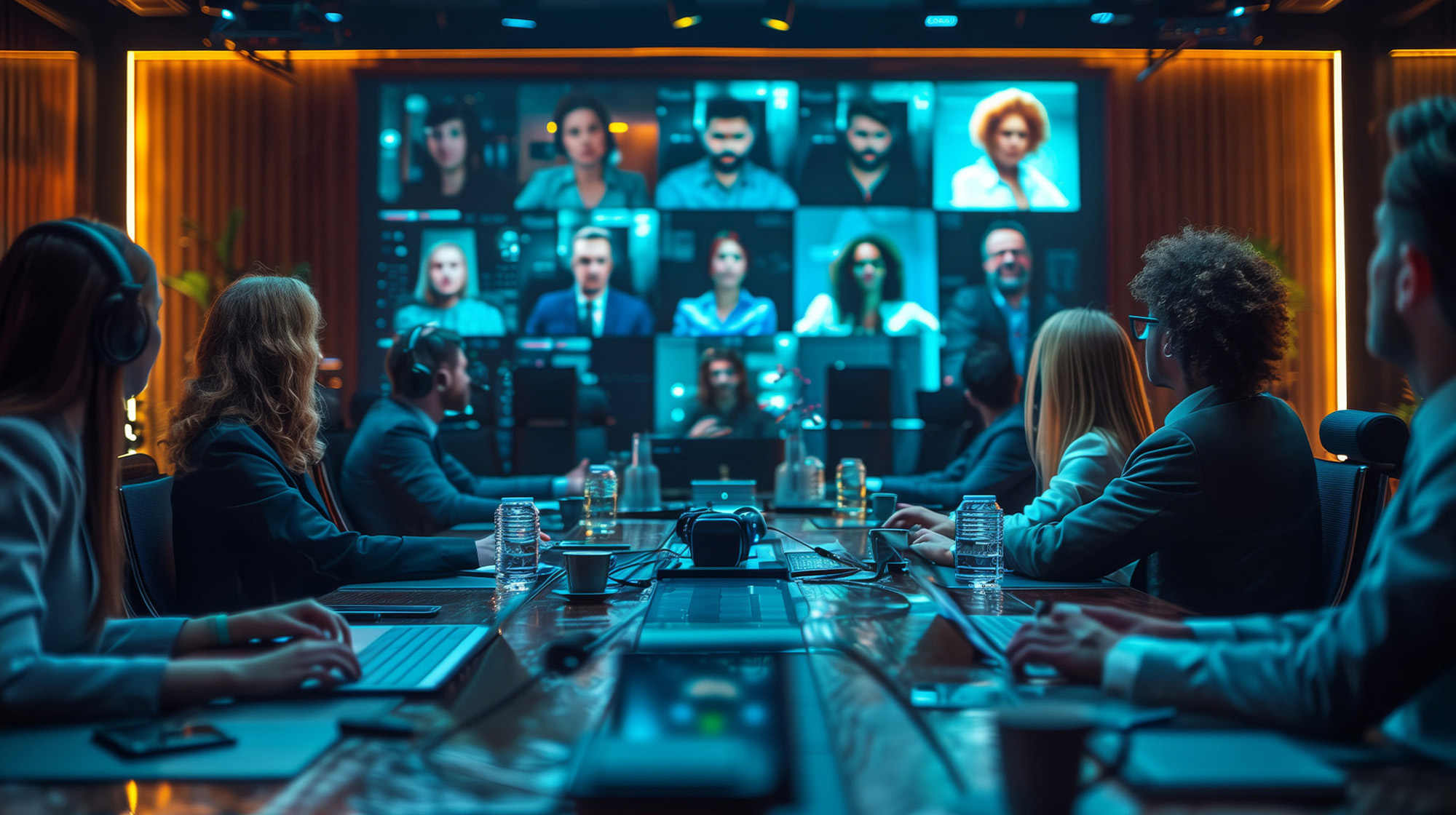Future-Proofing Your Video Collaboration Investment for Government Agencies

The Rapid Evolution of Video Collaboration in Government
In recent years, video collaboration has undergone significant transformation within government sectors, driven by technological advancements and changing operational demands. This shift has been accelerated by the necessity for efficient communication across various departments and the need to maintain operational continuity in diverse environments. As government agencies strive to meet these demands, investing in flexible and scalable video collaboration solutions has become paramount. The rapid evolution has enabled agencies to enhance productivity, improve public service delivery, and facilitate greater citizen engagement while ensuring secure and confidential communications.
The Challenge of Future-Proofing Your Investment
One of the primary concerns for IT directors and technology decision-makers in government agencies is ensuring that their investments in video collaboration technologies will not become obsolete quickly. The need for future-proofing is more critical than ever, given the rapid pace at which technology evolves. This blog post aims to provide valuable insights into how government agencies can select video collaboration tools that stand the test of time.
Understanding Future-Proofing in Video Collaboration
Defining "Future-Proof" in Technology
The term "future-proof" refers to the ability of a technology or system to remain functional, relevant, and effective despite the inevitable advancements and changes in the tech landscape. For video collaboration tools, this means selecting solutions that can adapt to new technologies, integrate seamlessly with existing systems, and scale according to the agency's evolving needs.
Factors Contributing to Obsolescence in Video Collaboration Tools
Several factors can lead to the obsolescence of video collaboration tools. These include:
- Lack of scalability and adaptability.
- Incompatibility with new technologies and standards.
- Limited integration capabilities with other systems.
- Inadequate security and compliance features.
The Role of AI, Hybrid Meeting Capabilities, and System Integration in Future-Proof Solutions
AI-driven analytics, hybrid meeting capabilities, and seamless system integration are key components of future-proof video collaboration solutions. These features ensure that the tools can adapt to changing requirements, provide valuable insights, and maintain compatibility with other technologies and systems.
Selecting a Future-Proof Video Collaboration Platform
Assessing Long-Term Viability and Scalability
When choosing a video collaboration platform, it's essential to consider its long-term viability and scalability. Look for solutions that can grow with your agency, accommodating an increasing number of users and evolving technological requirements. Scalable platforms ensure that your investment remains relevant as your agency's needs change.
Recognizing the Value of AI-Driven Analytics
AI-driven analytics can significantly enhance the functionality of video collaboration tools. These analytics provide valuable insights into user behavior, meeting effectiveness, and system performance, enabling agencies to make data-driven decisions and optimize their collaboration efforts. When evaluating platforms, prioritize those that offer robust AI-driven analytics features.
Importance of Hybrid Meeting Capabilities for Flexibility
Hybrid meeting capabilities are essential for ensuring flexibility in video collaboration. These features allow for seamless integration between in-person and remote participants, enabling hybrid meetings that cater to diverse work environments. A platform with strong hybrid meeting capabilities ensures that your agency can adapt to varying work scenarios without compromising collaboration quality.
Integration Considerations with Existing Infrastructure
Compatibility with existing infrastructure is a crucial factor when selecting a video collaboration platform. Ensure that the chosen solution can integrate seamlessly with your agency's current systems, such as communication tools, document management systems, and security protocols. This compatibility minimizes disruptions and ensures a smooth transition.
The Importance of Compliance: TAA and NDAA Considerations
Compliance with regulatory standards such as the Trade Agreements Act (TAA) and the National Defense Authorization Act (NDAA) is crucial for government agencies when investing in video collaboration tools. The TAA requires that products acquired by federal agencies be either made in the United States or in certain designated countries. This ensures that the technologies procured are not only compliant with U.S. trade policies but also support the national economy. On the other hand, the NDAA includes provisions restricting the use of equipment from specific manufacturers due to national security concerns. Ensuring compliance with these regulations protects agencies from legal risks and contributes to the safeguarding of national security. When selecting a video collaboration platform, verifying TAA and NDAA compliance is essential, as it guarantees that the chosen tools align with federal procurement standards and contribute to the integrity and security of government operations.
Best Practices for Implementation and Adoption
Engaging Stakeholders in the Selection Process
Engaging stakeholders in the selection process is critical for ensuring that the chosen video collaboration platform meets the needs of all users. Involve representatives from various departments to gather input and identify requirements. This collaborative approach ensures that the final decision is well-informed and widely accepted.
The Importance of Change Management
Implementing a new video collaboration platform requires effective change management. Provide training and support to help users adapt to the new system and maximize its benefits. Address any concerns and communicate the advantages of the new platform to encourage widespread adoption.
Strategies for Maximizing the Use of Advanced Features
To fully leverage the advanced features of your video collaboration platform, develop strategies for maximizing their use. For example, create guidelines for utilizing AI-driven analytics to improve meeting effectiveness or establish protocols for conducting hybrid meetings. Regularly review and update these strategies to ensure continuous improvement.
The Necessity of Future-Proofing in Video Collaboration for Government Agencies
Future-proofing video collaboration investments is essential for government agencies to maintain effective communication and operational efficiency. By selecting platforms with AI-driven analytics, hybrid meeting capabilities, and robust integration features, agencies can ensure that their investments remain relevant and valuable over time.
Final Thoughts on Selecting the Right Technology
Choosing the right video collaboration technology involves careful consideration of long-term viability, scalability, and compatibility with existing systems. Prioritize solutions that offer advanced features and can adapt to changing requirements, ensuring that your investment stands the test of time. Ready to future-proof your video collaboration investment? Explore solutions tailored to government agencies, like AVer's secure and compliant options that deliver consistent performance. Start your journey towards seamless and efficient communication today.


